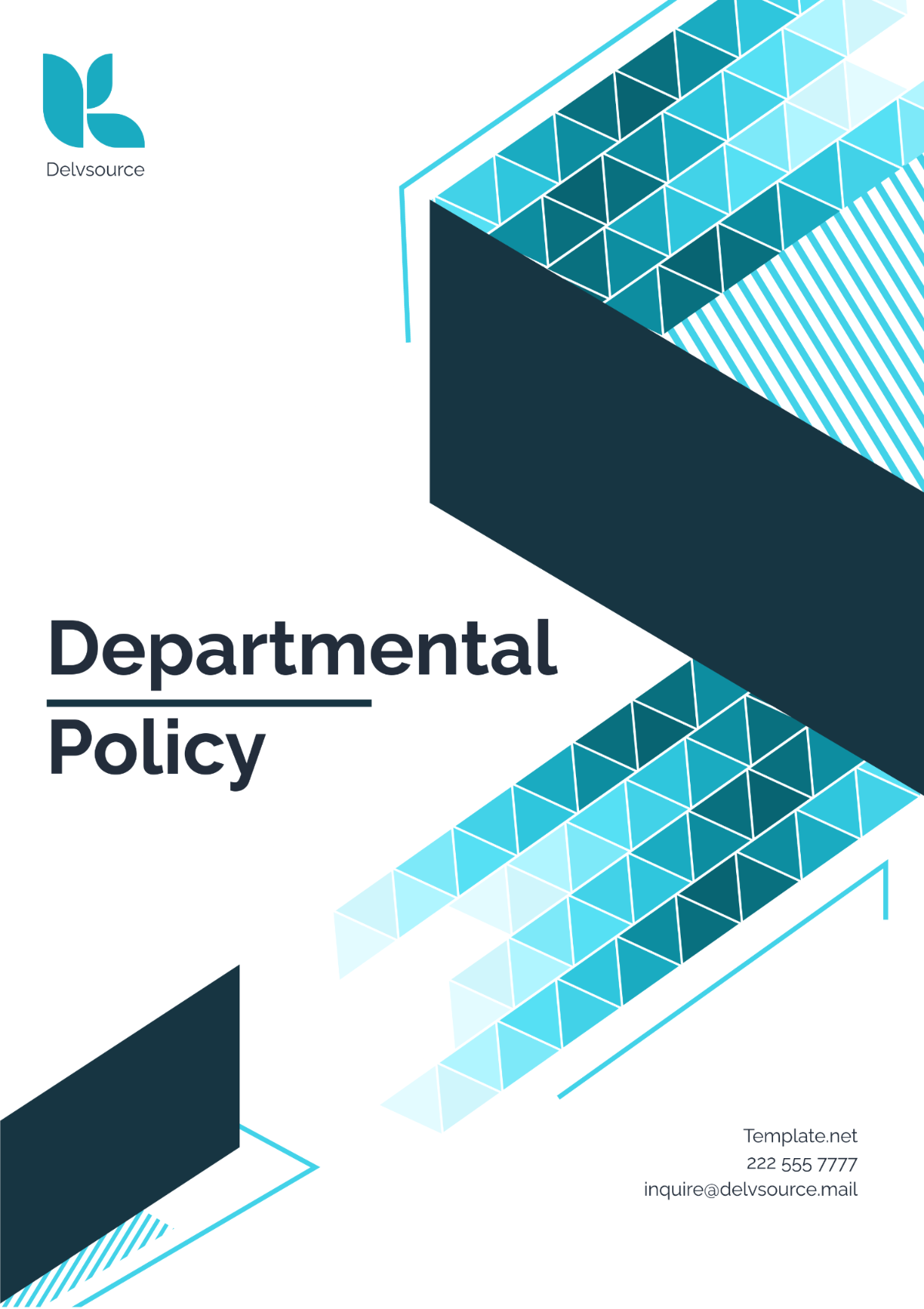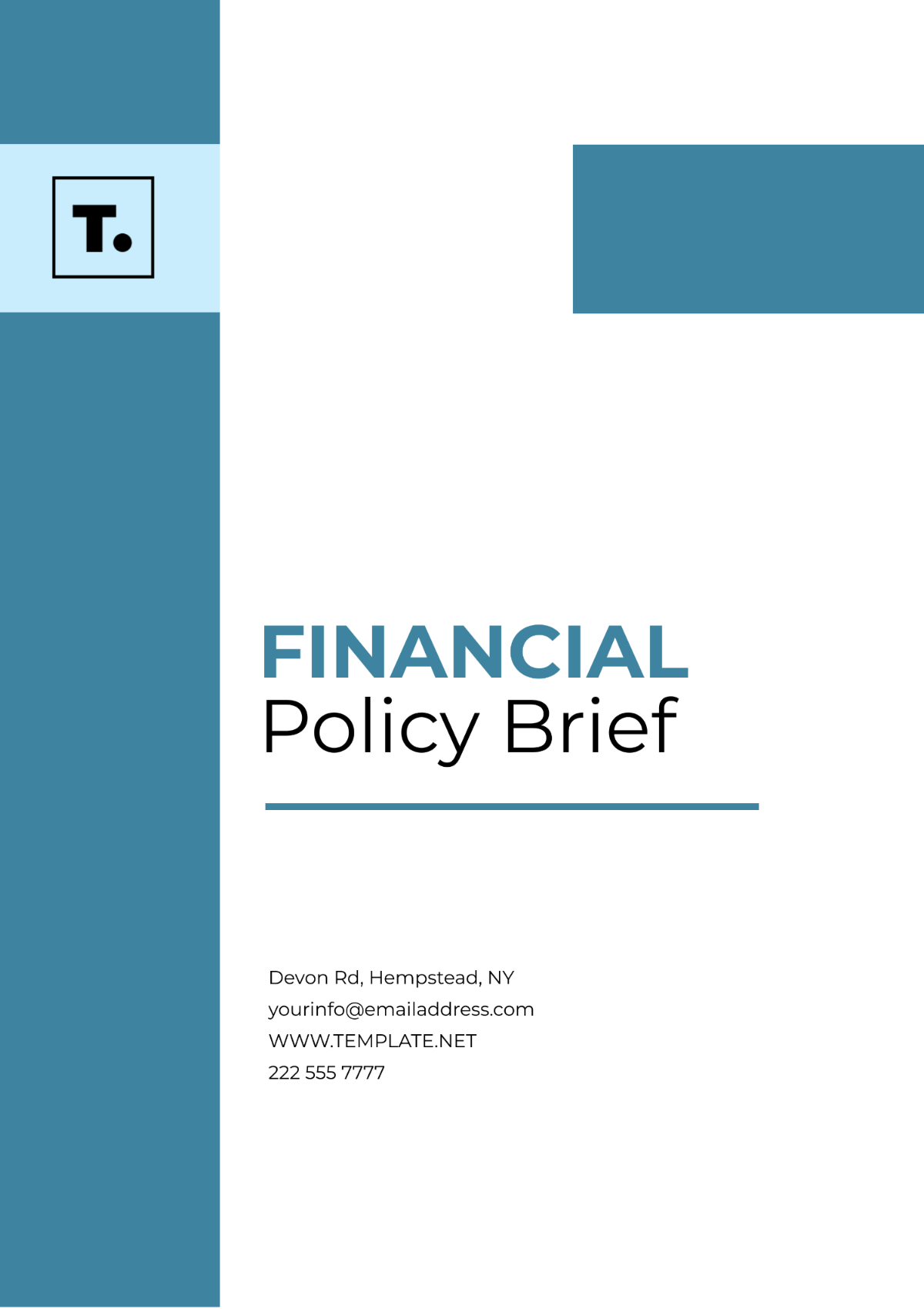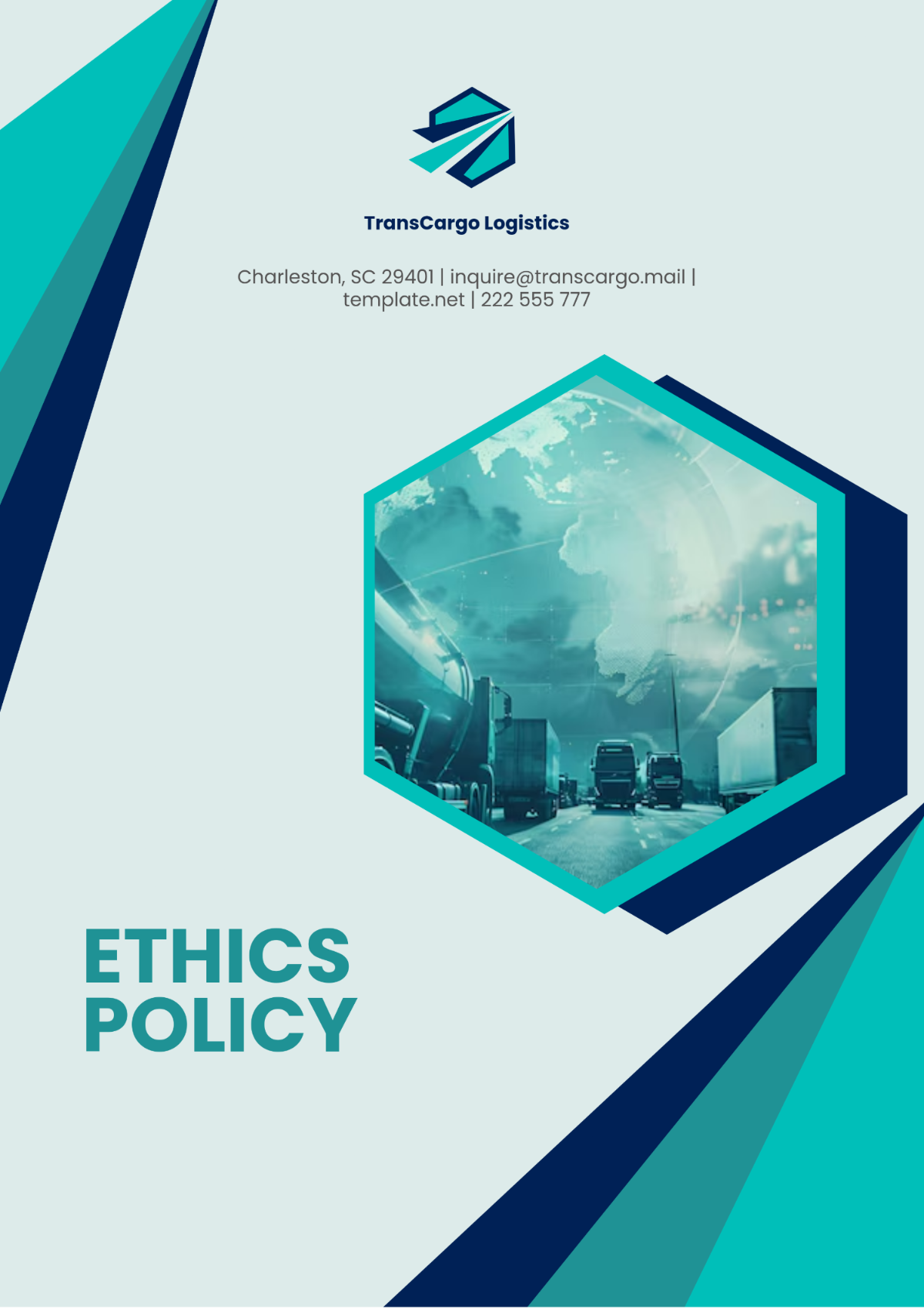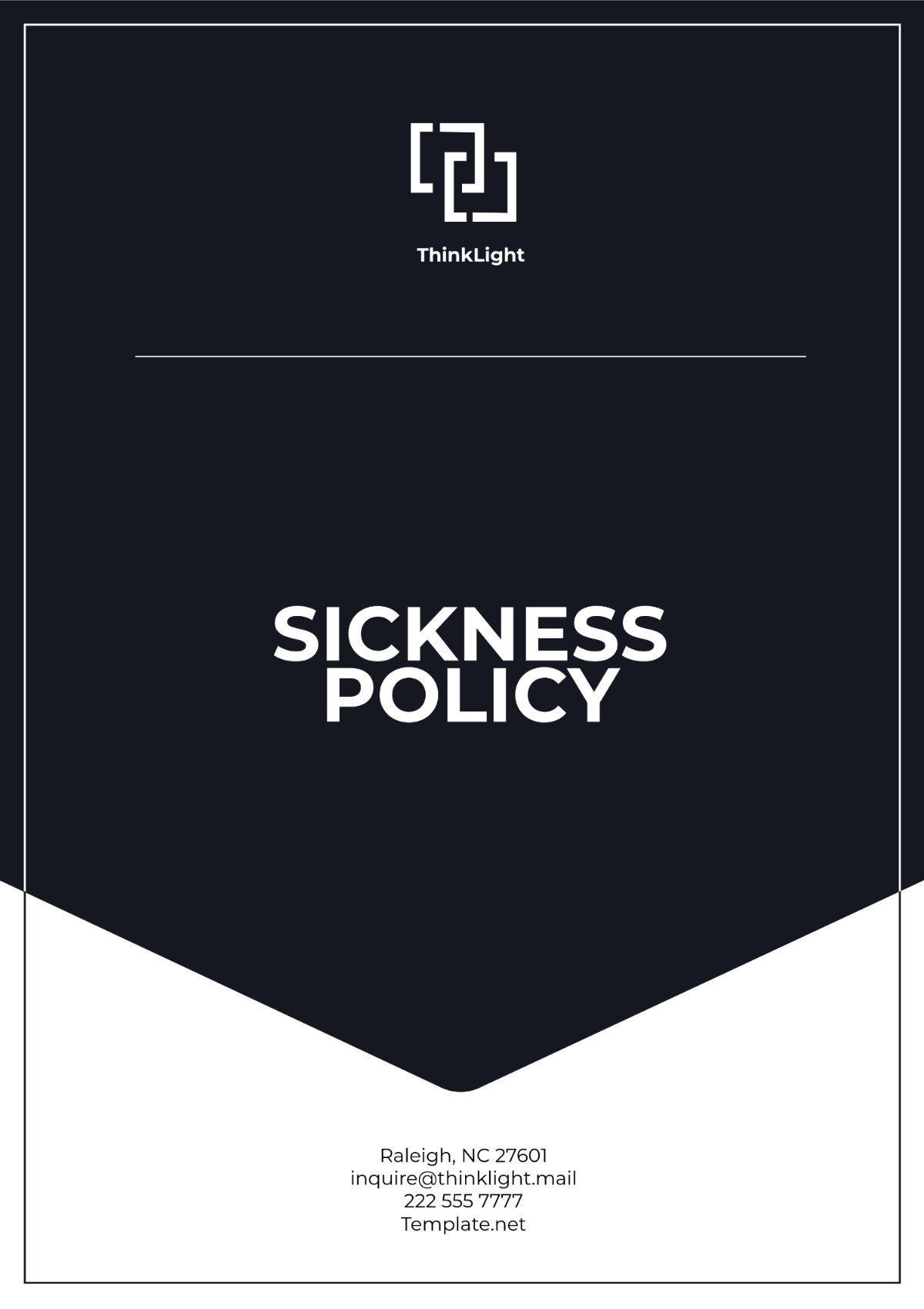Free Economic Policy Chapter Outline

- 100% Customizable, free editor
- Access 1 Million+ Templates, photo’s & graphics
- Download or share as a template
- Click and replace photos, graphics, text, backgrounds
- Resize, crop, AI write & more
- Access advanced editor
Organize your economic policy content with Template.net's Economic Policy Chapter Outline Template. This editable and customizable template includes sections for policy objectives, theoretical frameworks, empirical evidence, and case studies. Editable in our AI Editor Tool, it provides a structured format for creating a detailed and coherent chapter outline, ensuring a clear and effective presentation of economic policy issues.
You may also like
- HR Policy
- Restaurant Policy
- Company Policy
- Accounting Policies and Procedures
- Website Policy
- Privacy Policy
- Safety Policy
- School Policy
- IT and Software Policy
- Law Firm Policy
- Construction Policy
- Interior Design Policy
- Travel Agency Policy
- Education Academic Policy
- Security Policy
- Real Estate Policy
- Expense Policy
- Software Policy
Economic Policy Chapter Outline
Prepared By: [Your Name]
I. Introduction to Economic Policy
1.1 Definition and Importance
Definition: Economic policy encompasses the strategies and actions taken by governments and central banks to influence a country's economic performance. These policies are crafted to steer economic activity towards desired objectives, such as promoting growth, ensuring stability, and achieving equitable distribution.
Importance: Effective economic policy is essential for fostering a stable and prosperous economy. It influences various aspects of economic life, from inflation and employment to international trade and financial stability.
1.2 Historical Evolution
Ancient Economies: Early economic management focused on trade regulations and resource allocation, with policies largely driven by agrarian needs and imperial control.
Industrial Revolution: The rise of industrial economies brought new challenges and opportunities, leading to the development of policies focused on industrial growth, labor rights, and urbanization.
Post-War Era: The establishment of welfare states and the adoption of Keynesian economics emphasized government intervention to mitigate economic cycles and support full employment.
Modern Era: Recent decades have seen a shift towards globalization, neoliberalism, and digital economies, with a focus on free markets, deregulation, and technological innovation.
1.3 Key Economic Policy Goals
Economic Growth: Aiming to increase the overall output of goods and services, measured by GDP growth and productivity improvements.
Full Employment: Striving to achieve a situation where all individuals willing and able to work are employed, measured by low unemployment rates and high labor force participation.
Price Stability: Controlling inflation to maintain stable prices and purchasing power, monitored through indicators like the Consumer Price Index (CPI).
Economic Equity: Ensuring fair distribution of economic resources and opportunities, with measures such as the Gini coefficient and income distribution analysis.
Sustainable Development: Promoting growth that meets current needs without compromising future generations, including environmental protection and resource management.
Balance of Payments Stability: Maintaining equilibrium between a country's total payments and receipts from other countries, managed through the current account and capital account balances.
II. Objectives of Economic Policy
2.1 Economic Growth
Definition: The increase in the value of goods and services produced by an economy over time.
Measurement: GDP growth rate, productivity metrics, and investment levels.
2.2 Full Employment
Definition: A condition where the economy operates at its maximum potential without cyclical unemployment.
Measurement: Unemployment rate, job vacancy rates, and the labor force participation rate.
2.3 Price Stability
Definition: The prevention of excessive inflation or deflation to ensure stable prices.
Measurement: CPI, Producer Price Index (PPI), and inflation expectations.
2.4 Economic Equity
Definition: Fair and just distribution of economic benefits across society.
Measurement: Income inequality indices, wealth distribution statistics, and poverty rates.
2.5 Sustainable Development
Definition: Development that balances economic growth with environmental protection and social inclusion.
Measurement: Sustainable Development Goals (SDGs), environmental impact assessments, and green GDP.
2.6 Balance of Payments Stability
Definition: Achieving a sustainable balance between a country’s international financial transactions.
Measurement: Balance of trade, current account balance, and foreign exchange reserves.
III. Types of Economic Policies
3.1 Monetary Policy
Tools and Objectives: Involves controlling the money supply and interest rates to manage economic activity. Key tools include:
Interest Rates: Adjusting rates to influence borrowing and spending.
Reserve Requirements: Setting minimum reserves banks must hold to influence lending.
Open Market Operations: Buying or selling government securities to control the money supply.
Role of Central Banks: Central banks, such as the Federal Reserve or European Central Bank, implement monetary policy to achieve objectives like price stability and economic growth.
3.2 Fiscal Policy
Government Revenue and Expenditure: Includes taxation and government spending to influence the economy.
Revenue: Sources include income taxes, corporate taxes, and indirect taxes.
Expenditure: Includes public services, infrastructure investments, and social programs.
Budgetary Process and Debt: Involves preparing and approving the national budget, managing public debt, and addressing budget deficits or surpluses.
3.3 Trade Policy
Free Trade vs. Protectionism: Debates the benefits of reducing trade barriers versus protecting domestic industries.
Free Trade: Promotes international trade and competition, potentially leading to economic growth.
Protectionism: Uses tariffs and quotas to shield domestic industries from foreign competition.
Trade Barriers and Agreements: Includes tariffs, non-tariff barriers, and international trade agreements like the Trans-Pacific Partnership (TPP).
3.4 Income Policy
Wage and Price Controls: Measures to regulate wages and prices to control inflation and maintain economic stability.
3.5 Regulatory Policy
Industry and Environmental Regulation: Establishes rules for industries to ensure fair practices and protect the environment.
Industry Regulation: Standards for business practices and consumer protection.
Environmental Regulation: Policies to manage natural resources and reduce pollution.
3.6 Exchange-Rate Policy
Fixed vs. Floating Rates: The choice between pegging a currency to another or allowing it to fluctuate based on market forces.
Fixed Rates: Stable but require significant reserves and intervention.
Floating Rates: Adjust naturally based on supply and demand, reflecting economic conditions.
IV. Policy Implementation
4.1 Formulation and Adoption
Process: Involves the drafting of policy proposals, stakeholder consultations, legislative approval, and executive implementation.
Challenges: Includes balancing competing interests, ensuring feasibility, and managing political and public support.
4.2 Execution and Evaluation
Execution: Implementation through relevant government agencies and institutions.
Evaluation: Assessing the effectiveness of policies through data analysis, feedback mechanisms, and performance indicators.
4.3 Institutional Framework
Structures: Includes governmental bodies such as ministries of finance, central banks, and regulatory agencies responsible for policy-making and enforcement.
V. Monetary Policy
5.1 Instruments
Interest Rates: Central banks adjust rates to influence economic activity and inflation.
Reserve Requirements: Mandated reserves that banks must hold, affecting their lending capacity.
Open Market Operations: Buying or selling government securities to influence the money supply.
5.2 Expansionary vs. Contractionary Policy
Expansionary Policy: This aims to stimulate economic activity by lowering interest rates and increasing the money supply, often used during recessions.
Contractionary Policy: Seeks to reduce inflation by raising interest rates and decreasing money supply, used during periods of high inflation.
5.3 Transmission Mechanism and Case Studies
Transmission Mechanism: The process through which monetary policy decisions affect the economy, including changes in interest rates influencing investment and consumer spending.
Case Studies: Analysis of policy responses, such as the U.S. Federal Reserve’s measures during the 2008 financial crisis or Japan's policies during its economic stagnation.
VI. Fiscal Policy
6.1 Types of Government Spending and Taxes
Spending: Investment in infrastructure, education, healthcare, and social welfare programs.
Taxes: Various forms of taxation, including progressive income tax, corporate tax, and value-added tax (VAT).
6.2 Deficit Financing and Public Debt
Deficit Financing: Borrowing to cover budget shortfalls, impacting future fiscal flexibility.
Public Debt: Accumulated borrowing, managed through debt issuance and repayment strategies.
6.3 Fiscal Multipliers and Case Studies
Multipliers: Measures the effect of fiscal policy changes on overall economic activity, such as how government spending impacts GDP.
Case Studies: Examination of fiscal stimulus measures in response to economic downturns, such as the American Recovery and Reinvestment Act (ARRA) of 2009.
VII. Trade Policy
7.1 Trade Barriers and Agreements
Barriers: Tariffs, quotas, and subsidies that affect international trade flows.
Agreements: Bilateral and multilateral agreements aimed at reducing trade barriers and fostering economic cooperation, such as the World Trade Organization (WTO) agreements.
7.2 Role of International Trade Organizations
Organizations: Institutions like the WTO and IMF that facilitate trade, resolve disputes, and provide financial stability.
Functions: Setting rules for international trade, offering financial assistance, and promoting global economic stability.
7.3 Impact of Globalization
Benefits: Increased market access, technological exchange, and economic growth.
Challenges: Job displacement, income inequality, and cultural impacts.
VIII. Policy Coordination and Conflicts
8.1 Coordination Between Monetary and Fiscal Policies
Importance: Aligning monetary and fiscal policies to support coherent economic objectives and avoid counterproductive effects.
8.2 Conflicts Between Economic and Political Objectives
Examples: Political pressures influencing fiscal policies, such as pre-election spending sprees or regulatory rollbacks.
8.3 International Policy Coordination
Mechanisms: International agreements and cooperative frameworks to address global economic challenges, such as the G20 summit and international financial regulations.
IX. Economic Policy in Developing Countries
9.1 Challenges and Policy Strategies
Challenges: Addressing poverty, infrastructure deficits, and political instability.
Strategies: Implementing economic reforms, investing in human capital, and promoting private sector development.
9.2 Role of Foreign Aid and Investment
Aid: Financial and technical support from donor countries and international organizations.
Investment: Foreign direct investment (FDI) and its role in driving economic growth and development.
9.3 Case Studies
Examples: Analyzing economic policies and their impacts in developing countries like India, Kenya, or Bangladesh, focusing on successful reforms and ongoing challenges.
X. Contemporary Issues in Economic Policy
10.1 Digital Age and Economic Policy
Impact of Technology: The influence of digital transformation on economic policies, including data privacy, cybersecurity, and the gig economy.
10.2 Responses to Economic Crises
Examples: Evaluating policy responses to global economic crises, such as the 2008 financial crash and the COVID-19 pandemic, including emergency fiscal measures and monetary interventions.
10.3 Climate Change and Policy
Policies: Strategies to address climate change, such as carbon pricing, renewable energy investments, and environmental regulations.
Challenges: Balancing economic growth with environmental sustainability and addressing the economic impacts of climate change.
10.4 Inequality and Inclusive Growth
Addressing Inequality: Policies aimed at reducing income and wealth disparities, promoting social inclusion, and ensuring equitable economic opportunities.





























